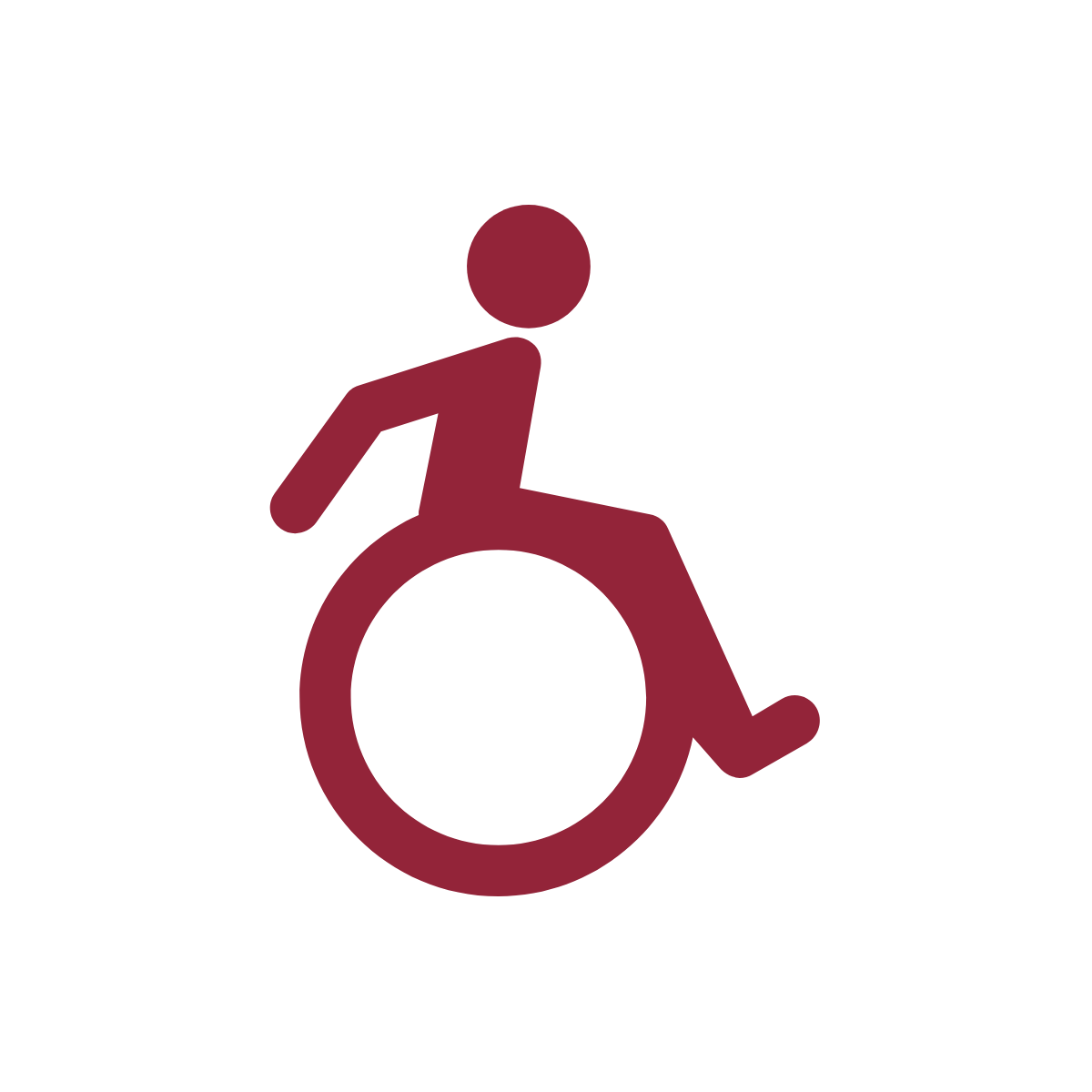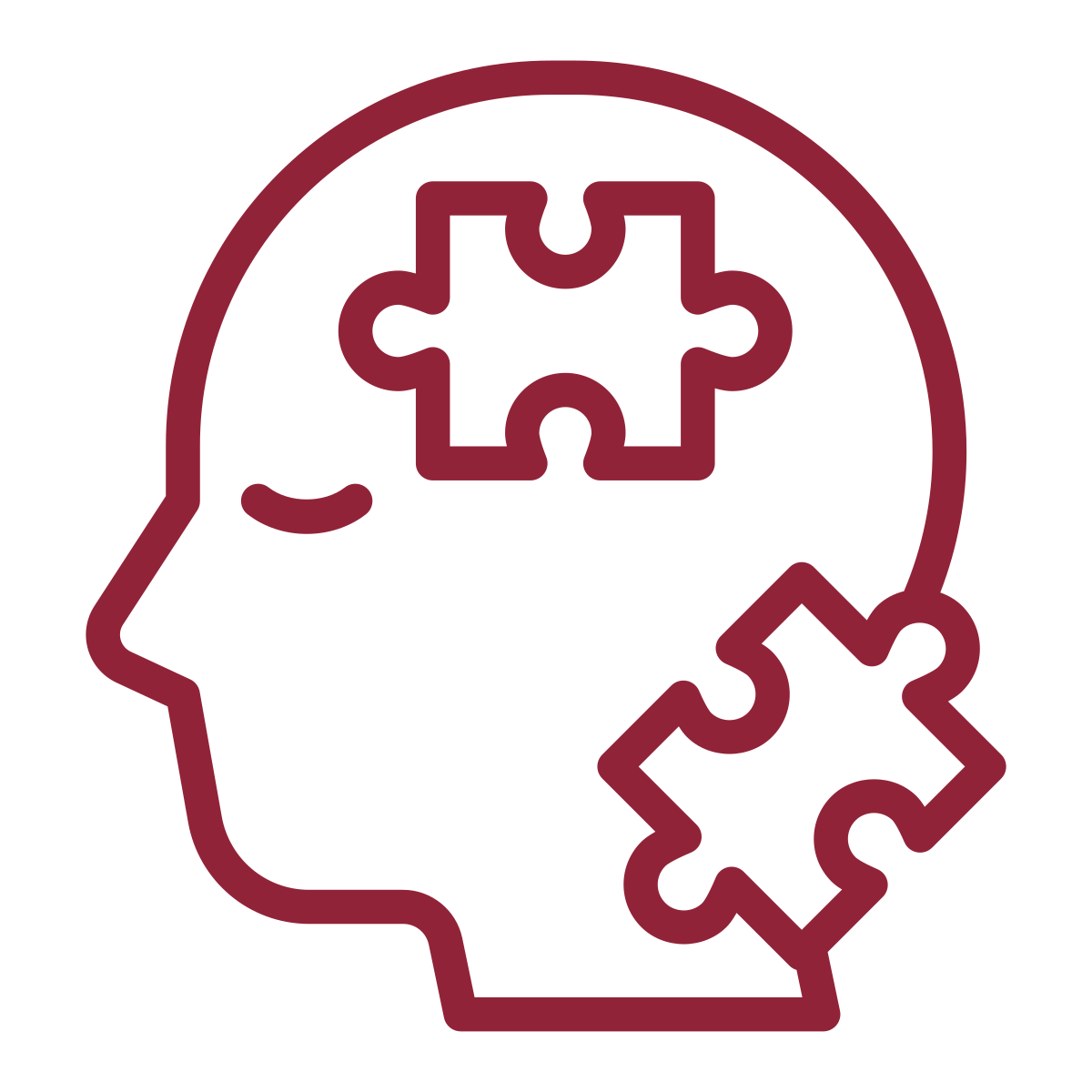Not all disabilities are visible
1 in 5 Canadians identifies as having a disability. In many cases, their situation is invisible to others.

What is a disability?
Any impairment or functional limitation that hinders a person’s full and equal participation in society. It can be a physical, mental, intellectual, cognitive, learning, communication, or sensory impairment. A disability can be permanent, temporary, or episodic in nature.

What is a barrier?
Any hinderance to full and equal participation in society of persons with disabilities. The barrier can be physical, architectural, technological, informational, or attitudinal in nature and/or the result of a policy or a practice.

What is an invisible disability?
An invisible or non-apparent disability is something you likely can’t tell a person has by looking at them or communicating with them. These disabilities are not visible – or at least not initially. Some examples of invisible disabilities are medical conditions like chronic pain and diabetes, or mental health conditions such as depression, anxiety, and bipolar disorder. Learning disabilities, ADHD, and autism are also considered invisible disabilities.
Reduce barriers on campus
- Be aware of priority seating on the shuttle bus.
Understand that some people need priority boarding on the shuttle. They may have a disability that you can’t see.
Respect priority access to elevators. If you can, use stairs or escalators.
Don’t judge based on appearance. Some disabilities are invisible.


